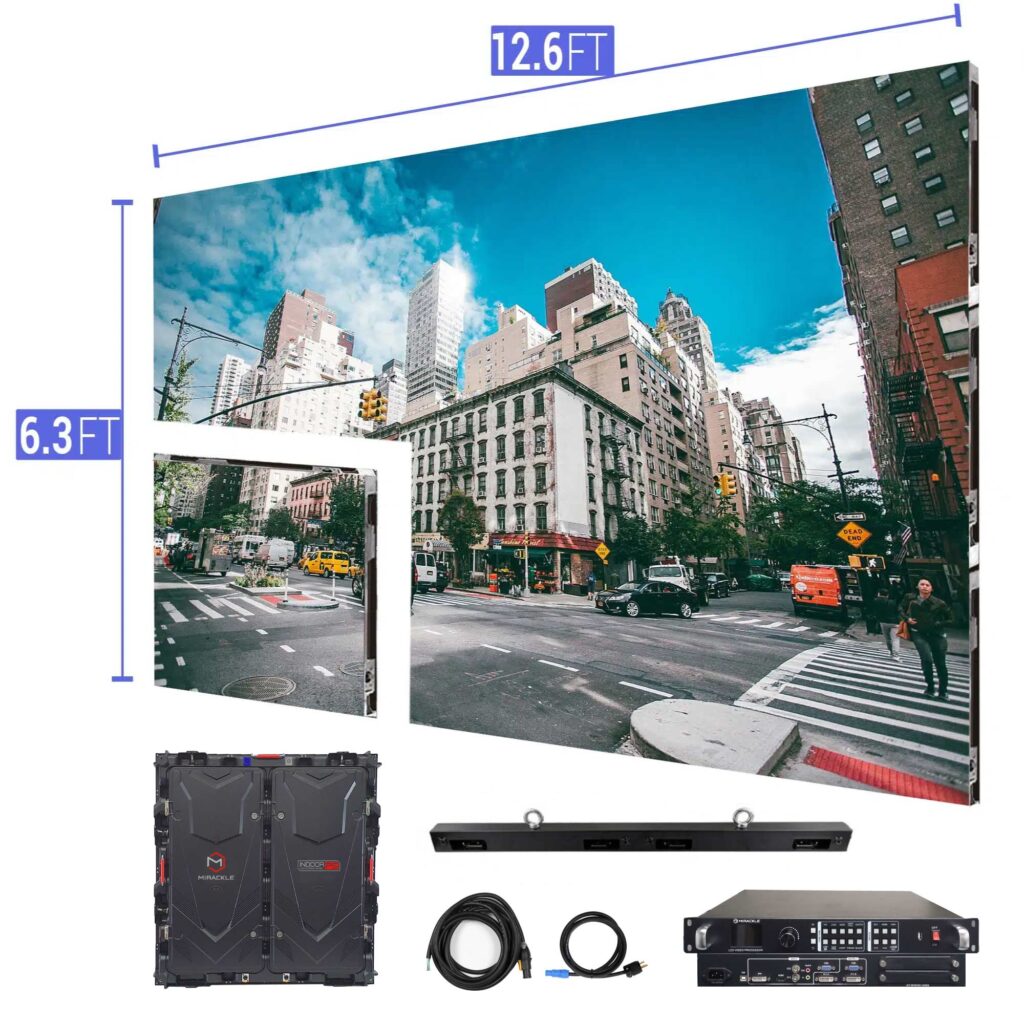Effective Strategies for Addressing Overheating Issues in LED Display Panels
Wiki Article
LED panel panels are progressively popular for various applications, including promotion, functions, and digital displays. However, overheating is a major issue that can affect their functionality and longevity. When LED screens become too hot, they may decrease in brightness, color shift, or even malfunction entirely. Understanding the causes and applying efficient methods to control heat can help maintain the optimal operation of LED panel screens. This piece will explore several strategies to address overheating issues related with these units.
One effective strategy for stopping overheating in LED wall screens is ensuring adequate ventilation. It is essential to install these panels in environments where air flow is adequate. This can be accomplished by positioning the screens in a properly aired space or utilizing fans to improve ventilation around the devices. Additionally, if the screens are installed in a confined space, establishing openings or using vents can help dissipate heat more effectively. Maintaining a lower surrounding temperature is vital, as it immediately affects the function and durability of LED panel screens.
Another way to combat excess heat is through the use of heat management substances. These substances can help absorb, disperse, or redirect heat away from the LED elements. Thermal sinks are frequently employed in many electronic devices, including LED panels. These metal components draw heat away from the light-emitting components, permitting them to function at a safer heat level. Additionally, heat-conducting paste or pads can be applied to enhance heat conduction between the LED chips and the thermal sinks, further enhancing their chilling effectiveness.

Regular maintenance and oversight of LED panel panels also play a critical role in preventing overheating. Dust and debris can build up on the faces of these screens, blocking ventilation and holding heat. Consistent tidying, using suitable tools, will ensure the screens free from obstructions. Furthermore, monitoring the temperature of the panels can help identify overheating issues before they become severe. Using temperature sensors can provide valuable data, allowing users to take corrective action if the panels begin to exceed safe operating temperatures.
The implementation of cutting-edge techniques can also help tackle excess heat issues in LED panel screens. Many contemporary LED screens come fitted with built-in thermal management systems. These systems can instinctively modify the luminosity of the display based on the temperature, reducing heat generation when necessary. Additionally, software solutions can monitor the functionality of the screens and provide notifications if excess heat is identified. Using these technologies can significantly enhance the longevity and reliability of LED wall panels.
In summary, controlling excess heat in LED panel screens is crucial for ensuring their performance and lifespan. Implementing methods such as providing adequate ventilation, utilizing heat control materials, conducting regular maintenance, and employing cutting-edge tools visit page can help mitigate overheating challenges. By taking these proactive measures, users can benefit from the full benefits of LED wall panels while reducing the threat of temperature-related problems. This approach not only enhances the performance of the screens but also adds to a much sustainable and efficient use of technology in multiple uses.